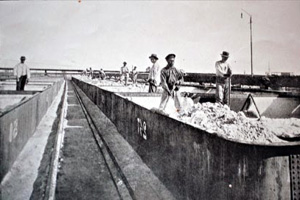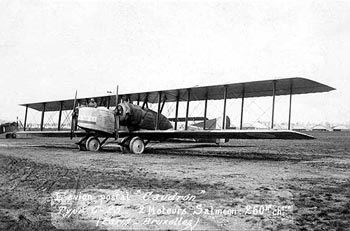When the conflict began our country’s population was two and a half million inhabitants.
The military forces were made up of 2,440 soldiers, 401 officers and 6,661 men belonging to the National Guard. Meanwhile, the Navy only had two armored ships (Cochrane and Blanco Encalada) and five wooden ships of scarce firepower (corvettes Chacabuco, O’Higgins, Esmeralda and Magallanes, as well as schooner Covadonga).
The situation was clearly unfavorable for our country, especially in the naval scenario. But despite this, it was clear to Chilean strategists that dominating the sea was an unbeatable advantage in any armed conflict and they set off to conquer the Pacific ocean. Thus began the maritime campaigns, the first action of which was the blockade of the port of Iquique.
The Chilean fleet, under the command of rear-admiral Juan Williams Rebolledo, fruitlessly awaited the Peruvian response to begin the confrontations, reason for which he embarked on a journey to Callao to surprise the enemy. However, our country was the one surprised on the morning of May 21st when the two embarkations that had stayed in the cove of Iquique holding down the blockade, the Covadonga and the Esmeralda, were attacked by the most powerful ships of the Peruvian fleet (the Huascar and the Independencia).
The unexpected attack proved the unbalance of forces. After an intense exchange of cannon shots, Huascar’s commander Miguel Grau decided to ram one of the Esmeralda’s sides. At the same time, the captain of the Chilean craft, Arturo Pratt, jumped onto the enemy deck along with two sailors, finding death and becoming the first hero resulting from the conflict.
Nearly four hours later, most of the crew of the Chilean corvette had died (there were only 60 survivors) and the Esmeralda sunk in the waters of the Pacific.
Angamos and the capture of the Huascar
The battles of Iquique and Punta Gruesa had not sealed the fate of either of the two sides involved. However, Peru clearly maintained the advantage due to the type of embarkations it counted with and the excellent strategist that commanded their fleet, Miguel Grau.
This way, the main Peruvian ship continued to devastate the Chilean coast without major resistance, attacking the ports of Antofagasta, Caldera, Coquimbo, Taltal and Tocopilla. Amidst these attacks, the Peruvians managed to capture the Rimac, a Chilean war transporter carrying armaments that was transporting nearly 240 men belonging to the Carabineros cavalry regiment of Yungay.
This defeat motivated important changes in the direction of the Chilean troops. The rear-admiral in charge of the Chilean fleet, Williams Rebolledo was replaced with Galvarino Riveros. He established capturing or sinking the most important Peruvian ship, the Huascar, as his main objective.
Naval operations continued until October 8th, 1879. On that day, Peruvian ships were spotted near Antofagasta, reason for which the National Squadron acted quickly in order to meet face to face with their rival at Angamos point, near Mejillones. On that spot, Chilean ships Cochrane, Blanco Encalada and Magallanes mercilessly attacked the Huascar, brining death to admiral Grau. The surrender of the Peruvian crew and the capture of the ironclad not only earned an important victory for the Chilean troops, it also earned them the longed for control of the sea.








